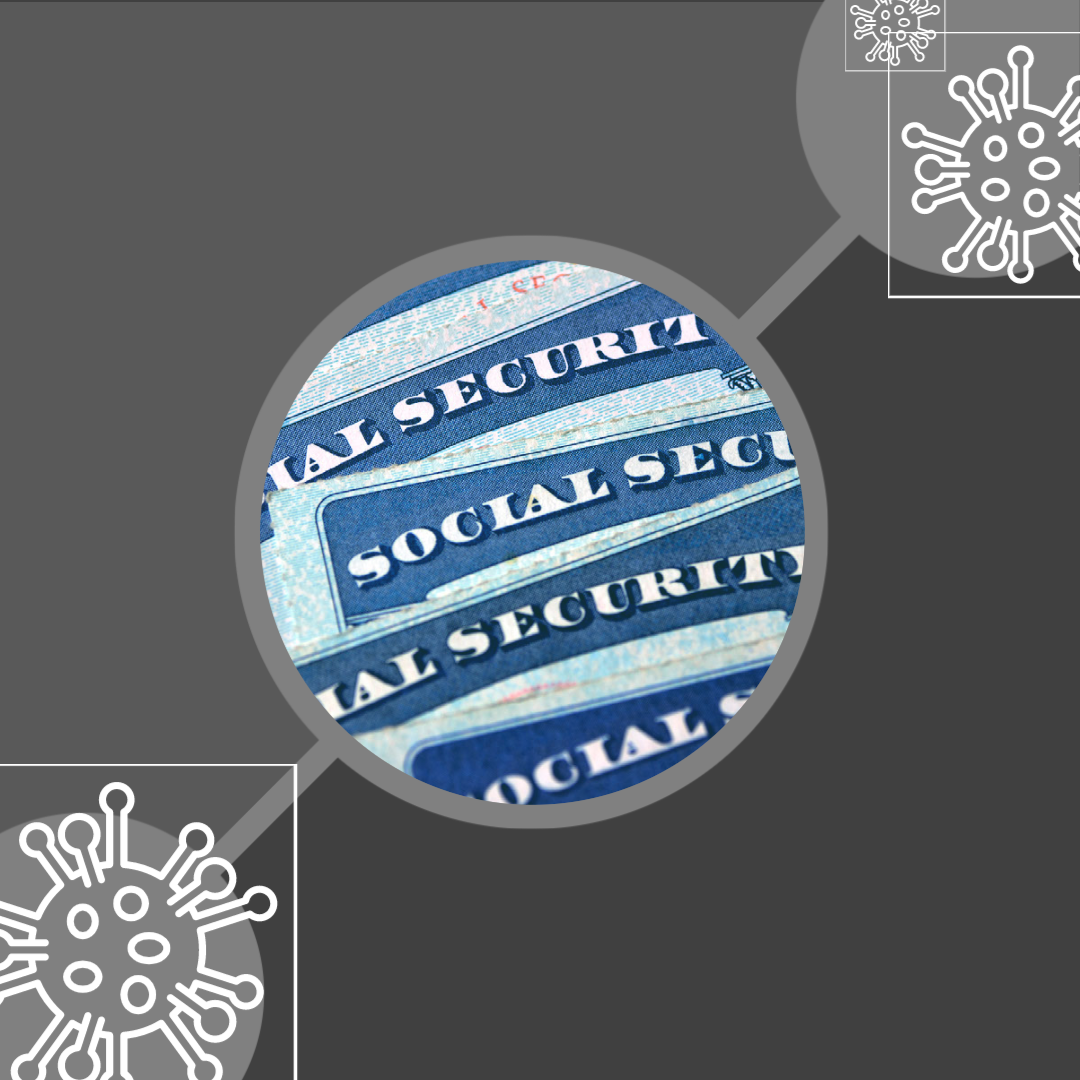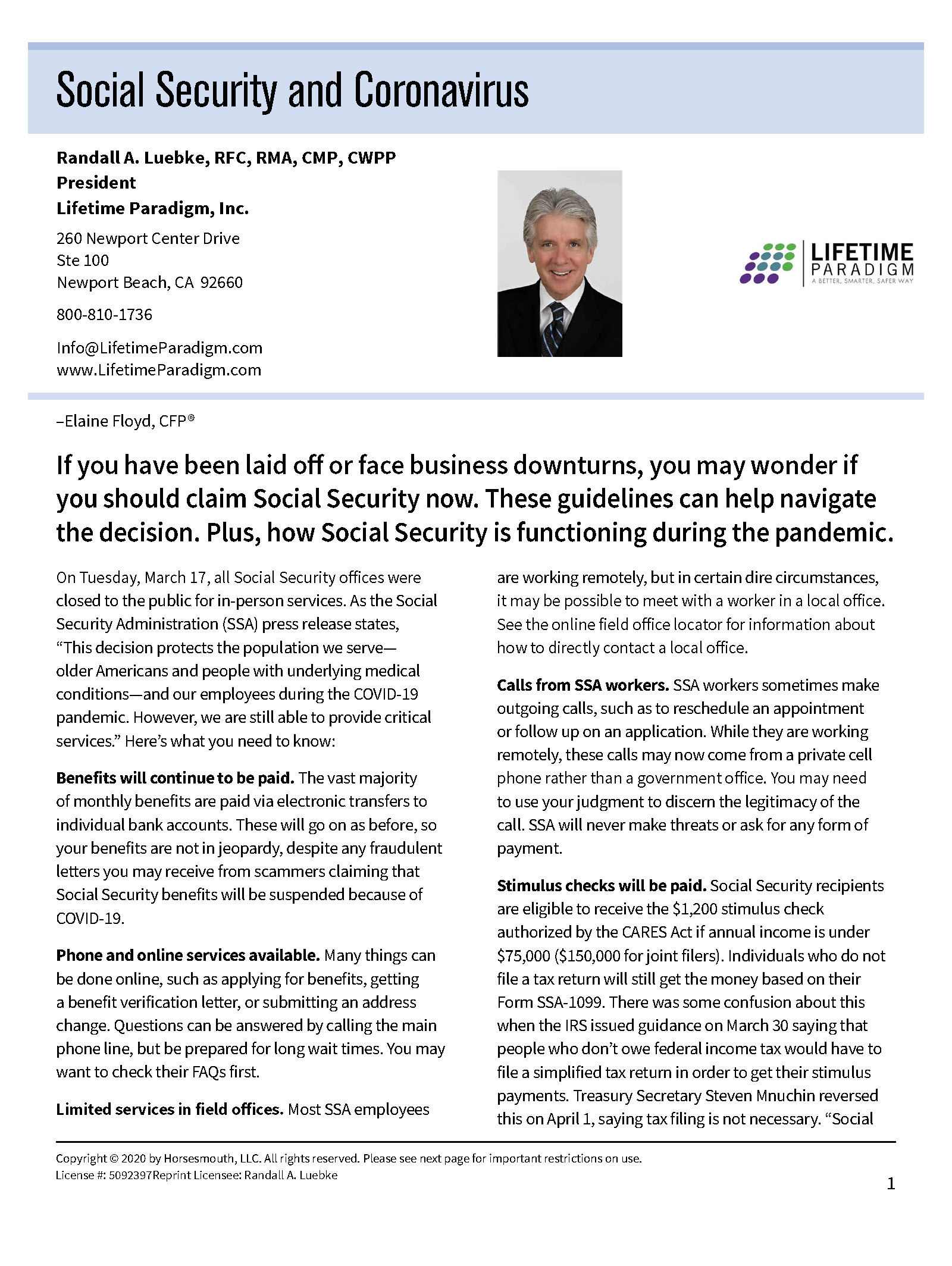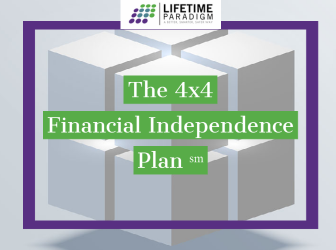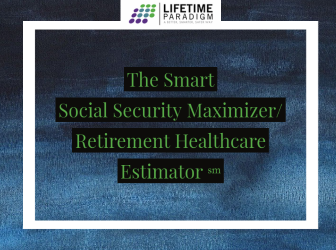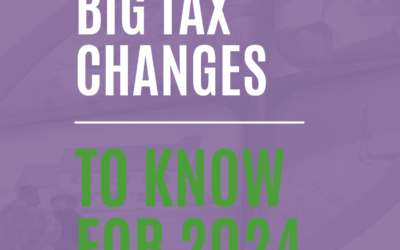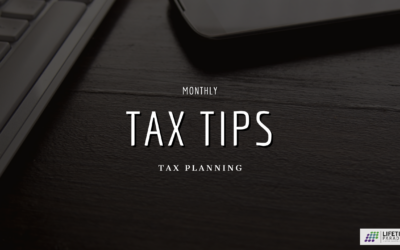Retirement Planning
If you have been laid off or face business downturns, you may wonder if you should claim Social Security now. These guidelines can help navigate the decision. Plus, how Social Security is functioning during the pandemic.
On Tuesday, March 17, all Social Security offices were closed to the public for in-person services. As the Social Security Administration (SSA) press release states, “This decision protects the population we serve— older Americans and people with underlying medical conditions—and our employees during the COVID-19 pandemic. However, we are still able to provide critical services.” Here’s what you need to know:
Benefits will continue to be paid. The vast majority of monthly benefits are paid via electronic transfers to individual bank accounts. These will go on as before, so your benefits are not in jeopardy, despite any fraudulent letters you may receive from scammers claiming that Social Security benefits will be suspended because of COVID-19.
Phone and online services available. Many things can be done online, such as applying for benefits, getting a benefit verification letter, or submitting an address change. Questions can be answered by calling the main phone line, but be prepared for long wait times. You may want to check their FAQs first.
Limited services in field offices. Most SSA employees are working remotely, but in certain dire circumstances, it may be possible to meet with a worker in a local office. See the online field office locator for information about how to directly contact a local office.
Calls from SSA workers. SSA workers sometimes make outgoing calls, such as to reschedule an appointment or follow up on an application. While they are working remotely, these calls may now come from a private cell phone rather than a government office. You may need to use your judgment to discern the legitimacy of the call. SSA will never make threats or ask for any form of payment.
Stimulus checks will be paid. Social Security recipients are eligible to receive the $1,200 stimulus check authorized by the CARES Act if annual income is under $75,000 ($150,000 for joint filers). Individuals who do not file a tax return will still get the money based on their Form SSA-1099. There was some confusion about this when the IRS issued guidance on March 30 saying that people who don’t owe federal income tax would have to file a simplified tax return in order to get their stimulus payments. Treasury Secretary Steven Mnuchin reversed this on April 1, saying tax filing is not necessary. “Social Security recipients who are not typically required to file a tax return need to take no action, and will receive their payment directly to their bank account,” Mnuchin said. However, the Tax Policy Center advises filing a tax return anyway, in the belief that payments would come sooner and ensure that the government has the correct direct-deposit information on file.
Considerations for Social Security claiming decisions
If you have been laid off or are facing business downturns, you may be considering claiming Social Security if you have reached age 62. In these uncertain times, immediate income needs may give way to optimal long-term strategies. But remember these guidelines before making any decisions.
Higher-earning spouse should delay if possible. Married couples can maximize the higher-earning spouse’s benefit by claiming benefits at age 70. This maximizes income to the higher-earning spouse during his or her lifetime and to the surviving spouse after death. Our calculators show that a maximum earner who lives to age 85 (or whose spouse lives that long) will receive $238,000 more in lifetime benefits by claiming at 70 versus 62.
Lower-earning spouse may claim early. To get income started now, the lower-earning spouse can go ahead and file early. As long as the higher-earning spouse’s benefit is being maximized, early-claiming reductions to the lower-earning spouse’s benefit shouldn’t be too significant, especially in light of current income needs.
The earnings test will apply before FRA (full retirement age). Those who have lost their jobs may not have to worry about the earnings test. But remember that if you are under FRA and work, $1 in benefits will be withheld for every $2 earned over the annual threshold of $18,240. In the first year of application a monthly threshold applies: If you earn less than $1,520 in each month after starting benefits, no benefits will be withheld, regardless of how much you earned earlier in the year.
Don’t worry about the earnings test. Say you apply for Social Security and later have an opportunity to go back to work while still under FRA. Please don’t use the earnings test as an excuse not to work. Yes, your benefit will be withheld, but then it will be recomputed when you turn FRA, so you’re really not losing any benefits. At FRA, the reduction for claiming early will be removed with respect to those benefits that were withheld, giving you a higher benefit going forward.
Application can be withdrawn during first 12 months. Let’s say you get laid off, start Social Security to meet immediate income needs, and get hired back within 12 months. If you no longer need the Social Security income and want to maximize your benefit, you can withdraw your application and repay benefits, essentially starting over.
Benefit can be suspended at FRA. Or, let’s say you go back to work but don’t want to withdraw and repay. Once you are over FRA, you can suspend your benefit and build 8% annual delayed credits to age 70. This will give a maximum earner more than $110,000 in additional lifetime benefits if you live to age 85. Note that spousal benefits cannot be paid while a benefit is in suspension (does not apply to divorced-spouse benefits).
PIA may be affected by lack of earnings. The benefit amounts shown on the Social Security statement presume continued earnings until claiming age. If you stop working before then, your actual Primary Insurance Amount (PIA) will be lower than the amount shown on the statement. The exact reduction will depend on your earnings record, but usually runs around $100–$200 per month. Go to the SSA Retirement Estimator for a customized estimate.
Medicare Part A is mandatory if over 65 and receiving Social Security. If you apply for Social Security and are over 65, you will automatically be enrolled in Medicare Part A. This could be a good thing in the age of COVID-19, as Part A covers 100% of the first 60 days of hospitalization after a $1,408 deductible (which is covered by all Medigap policies). The only downside is if you want to contribute to a Health Savings Account (HSA): no HSA contributions may be made for any period of time you are enrolled in Medicare.
If you start Social Security and Part A during a period of unemployment and then go back to work where the health plan involves an HSA, you’ll have a decision to make. In order to contribute to the HSA, you would need to disenroll from Part A. However, if you keep receiving the Social Security you would be required to maintain Part A. In that case you could either ask your employer for a different, non-HSA health plan, or forego the employer plan entirely and stay on Medicare. If it’s been less than 12 months since you filed for Social Security, you could participate in the HSA as long as you withdraw your application and repay your Social Security benefits (plus any Part A benefits received).
Keep in mind that the high-deductible health plans (HDHPs) that go with HSAs generally offer inferior insurance compared to Medicare paired with a good supplement. The decision to go with the HSA/HDHP versus Medicare will depend on the extent of the employer contributions, whether or not you would be subject to the income-related monthly adjustment amount (IRMAA) for your Part B premiums, your health status, and other factors.
These are confusing, unsettling times, and you may be making a lot of decisions. But you can’t forget about the long-term implications to your financial plan. Reach out to a financial advisor for help deciding when is best for you to claim Social Security.
Elaine Floyd, CFP®, is Director of Retirement and Life Planning for Horsesmouth, LLC, where she helps people understand the practical and technical aspects of retirement income planning.


IMPORTANT
The information contained in this newsletter is for general use and educational purposes only.
Your Co-Owned Business Probably Needs a Buy-Sell Agreement
Tax PlanningBradford Tax InstituteSay you’re a co-owner of an existing business. Or you might be buying an existing...
Big Tax Changes to Know for 2024
Financial Guides2024 has brought some big tax changes with it. It’s essential to stay informed about these...
The Smart Tax Planning Newsletter March 2024
Tax PlanningIn This Issue: IRAs for Young Adults Get Up to $32,220 in Sick and Family Leave Tax Credits New Crypto Tax...

